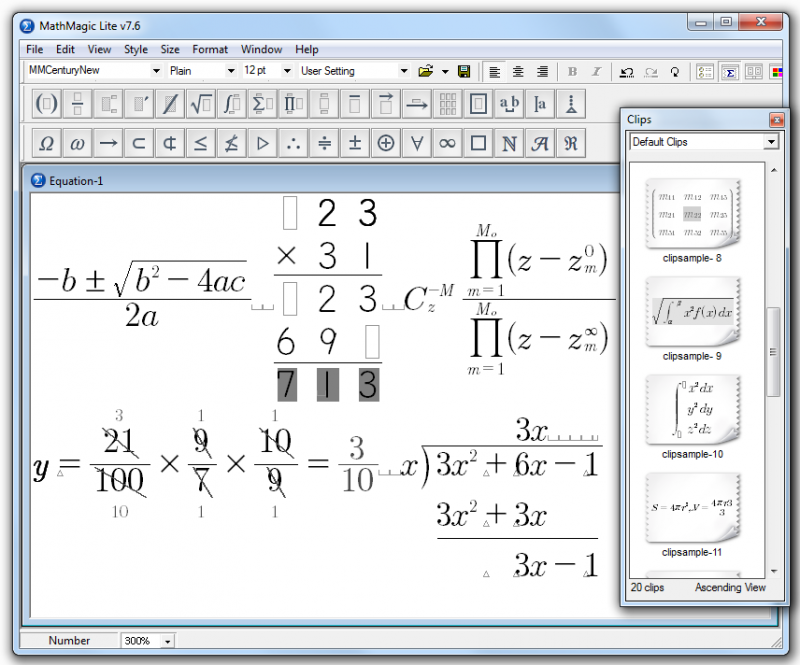

However, more and more people prefer to use PDF format these years, for the reason that it cannot be changed. It often is seen as the most convenient format for collecting and editing information.
ARITHMETIC EQUATION MAKER HOW TO
You've read the entire article now, so you might already have a clear thought on how to use equation editor in Word. Step 3: After you finish entering the numbers, close the equation editor to insert the fraction into your document. Some basic math symbols, fractions, some superscripts, subscripts, radicals, and so on are provided. There are a few built-in functions and a bunch of options here. Tip 1: We can go to the " Insert" tab, and from there to have the equation drop-down list. In other words, an Equation Editor is a program that helps insert equations/formulae into documents. Equation Editors are also used in generating raster images for web pages and presentations among other types of works. Equation Editors come in handy when working on documents that contain technical details-usually mathematics-related. Patt 4: Steps on Using Equation Editor in WPSĮquation editors are programs used to typeset or format mathematical formulae.Part 3: How to Use Equation Editor in Word 2003.Part 2: 4 Tips on How to Get Equation Editor in Word 2007.This article will represent you how to use equation editor in Word. Basically, the equation editor is not difficult to use, one can save substantial time if shortcut keys are used to write the equations.
ARITHMETIC EQUATION MAKER FULL
Hence they need to have full knowledge about how to use the equation editor efficiently. Most symbols used in formulae aren’t the conventional symbols found on keyboards generally. Authors of mathematics and engineering documents may need to include certain formulae within the content of their files. Tiger identifies arithmetic sequences and displays their terms, the sum of their terms, and their explicit and recursive forms.In Microsoft software, the equation editor is used for writing equations in a mathematical format. We plug the following into the sum formula : Which would be the 8th term, we would plug the following into the general term formula :įinding the sum of all the terms in an arithmetic sequence: In which the last term's common difference is multiplied by (because is not used in the 1st term).

Represents the position of a term in the sequence.Ī sequence with number of terms would be written as: įinding any term ( ) in an arithmetic sequence: Represents the first term and is sometimes written as. The standard form of arithmetic sequences can be expressed as: Represents the number of terms in the sequence. Represents the common difference between consecutive terms. Represents the nth term (a term we are trying to find). Represents the first term of the sequence. Though others can also be used, the following variables are typically used to represent the terms of an arithmetic sequence: Note: The three dots (.) mean that this sequence is infinite. For example, all of the consecutive terms in the arithmetic sequence:

This difference is called the common difference. An arithmetic sequence, or arithmetic progression, is a set of numbers in which the difference between consecutive terms (terms that come after one another) is constant.


 0 kommentar(er)
0 kommentar(er)
